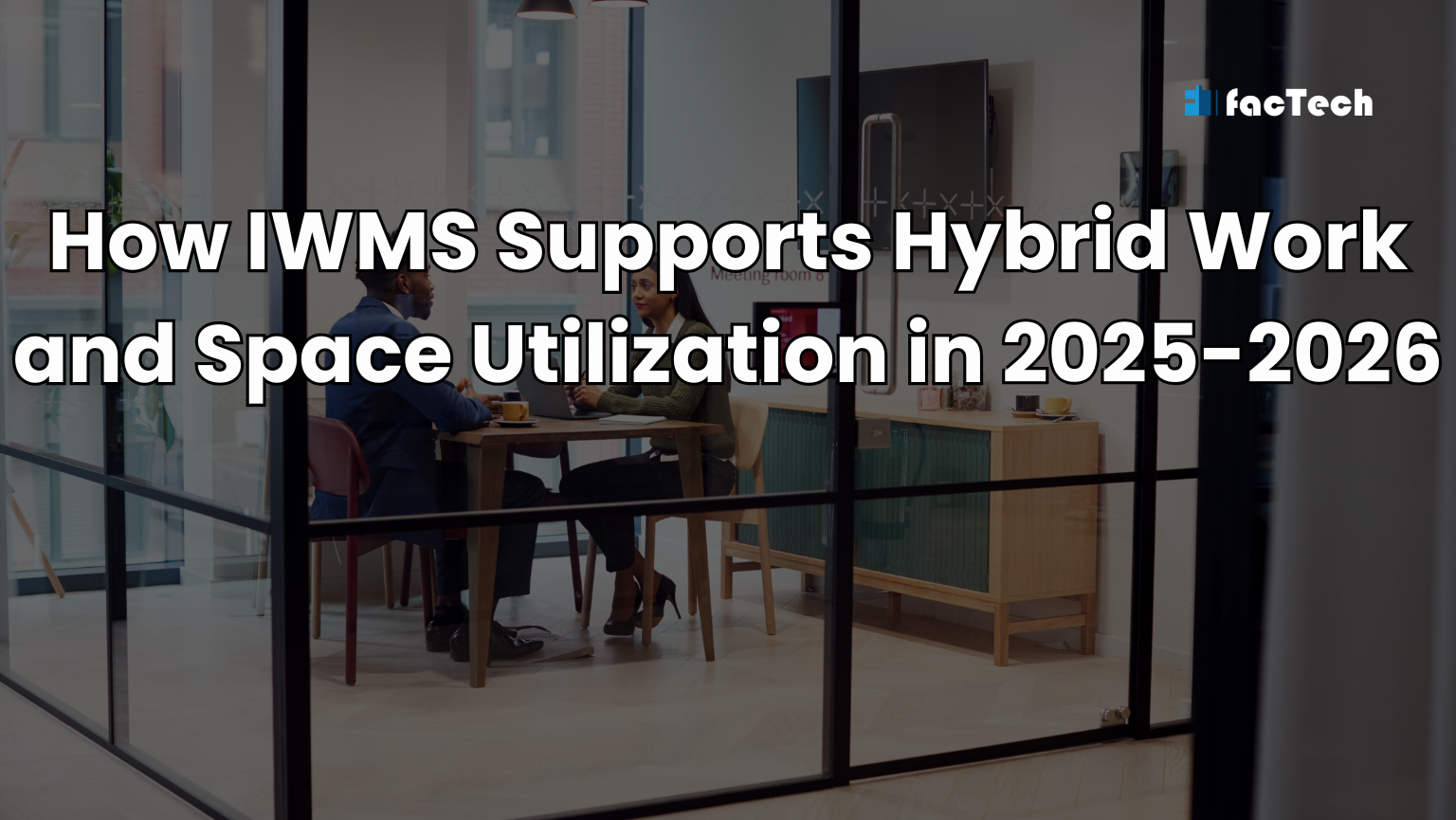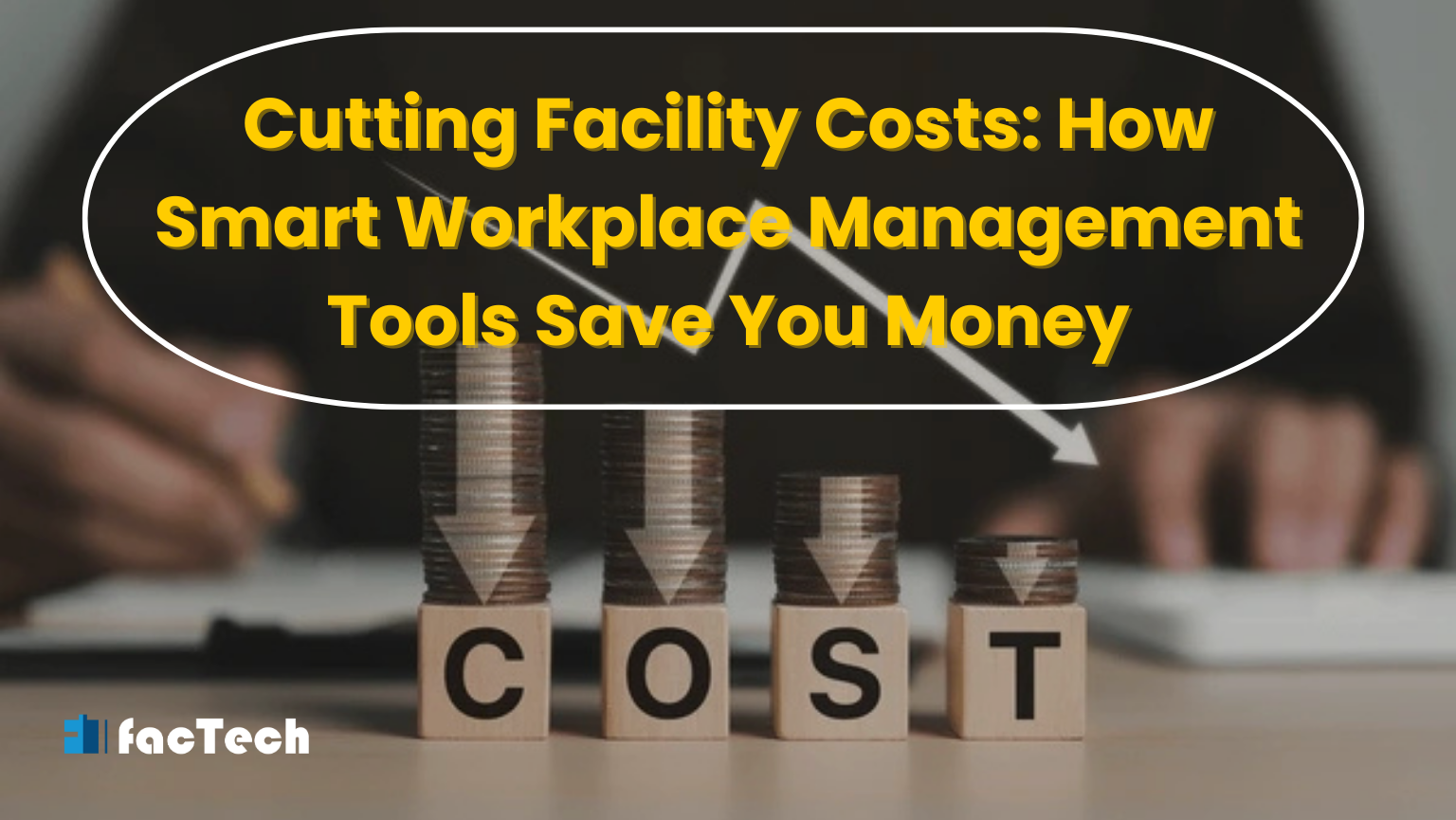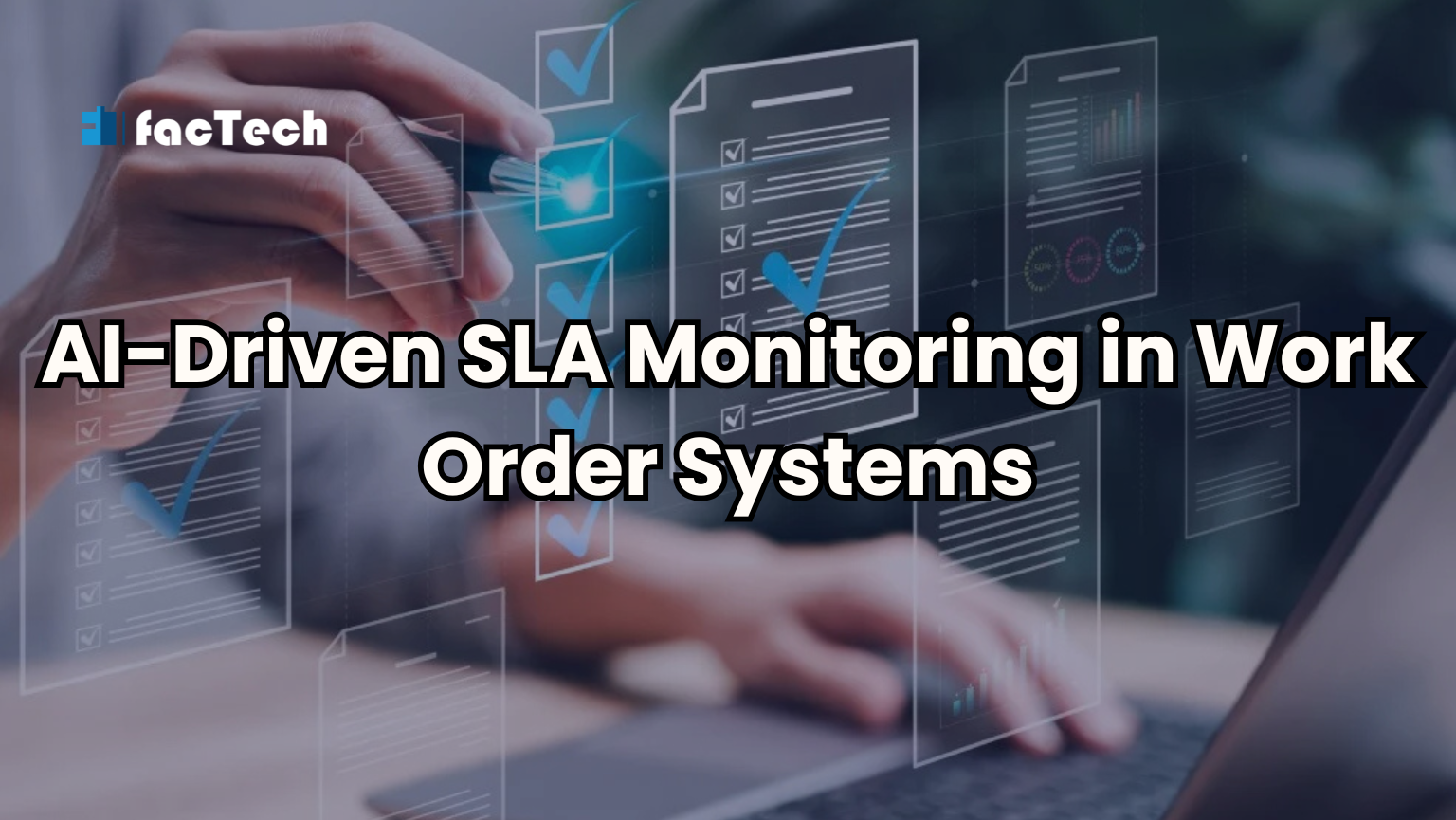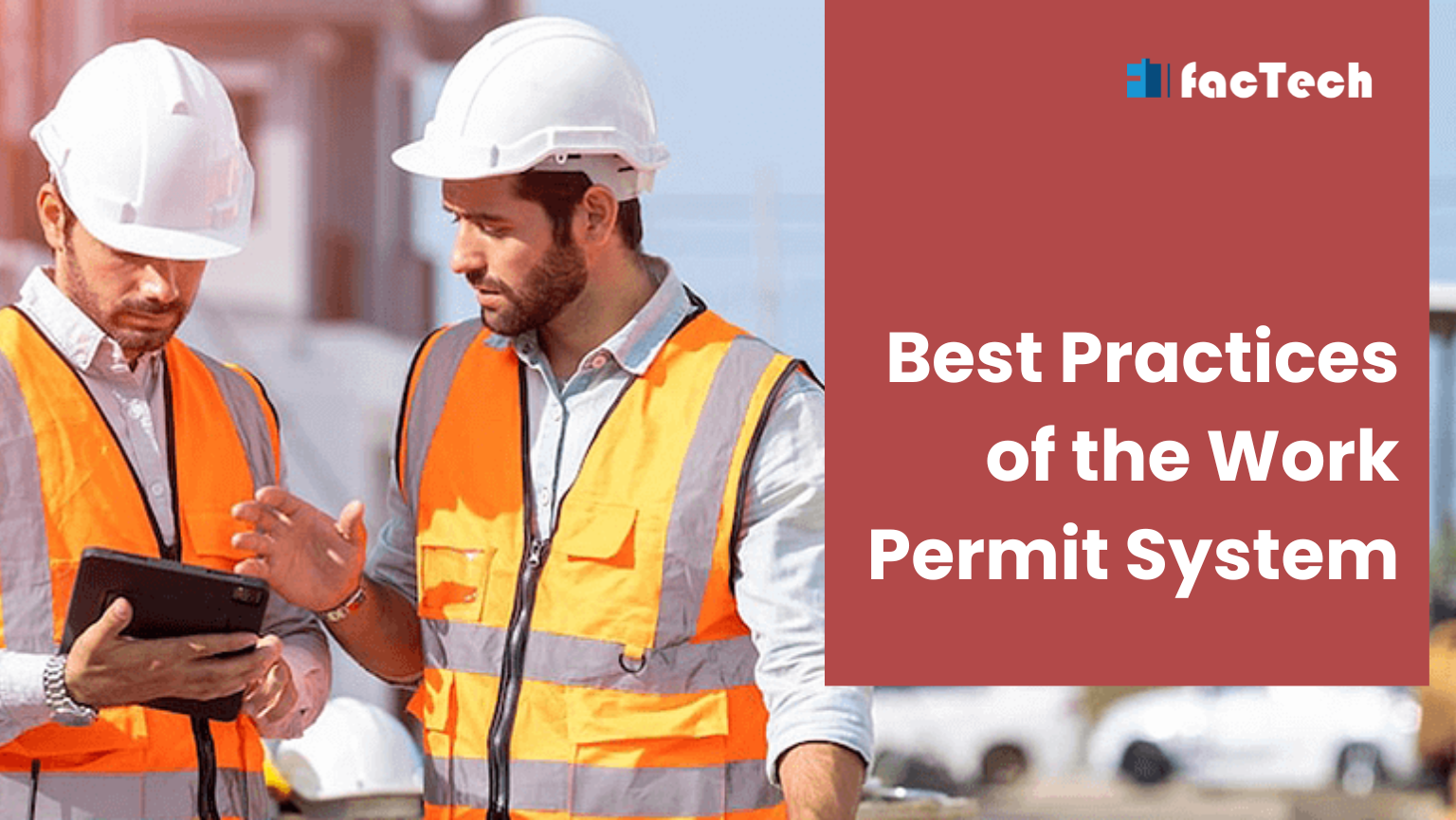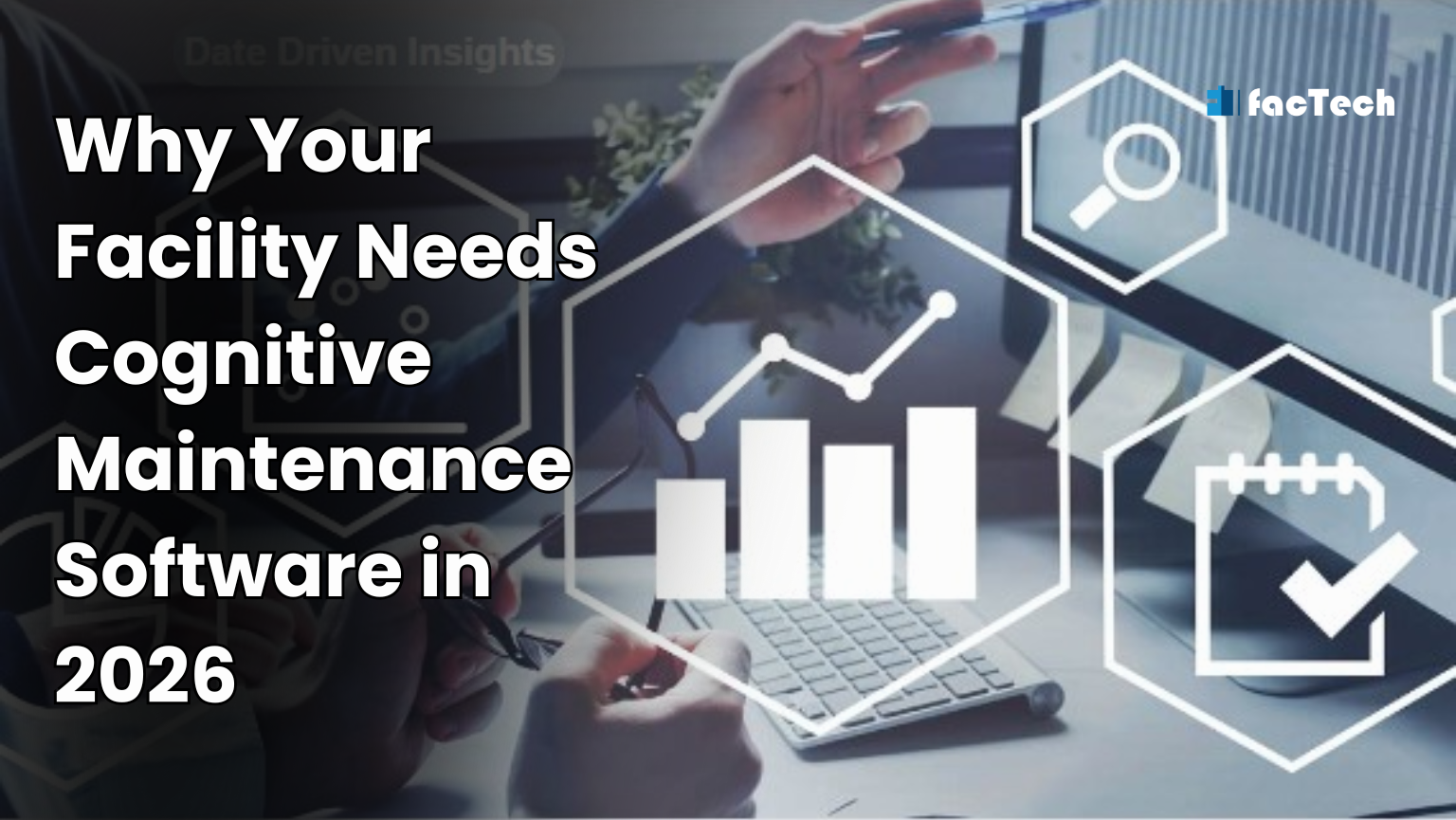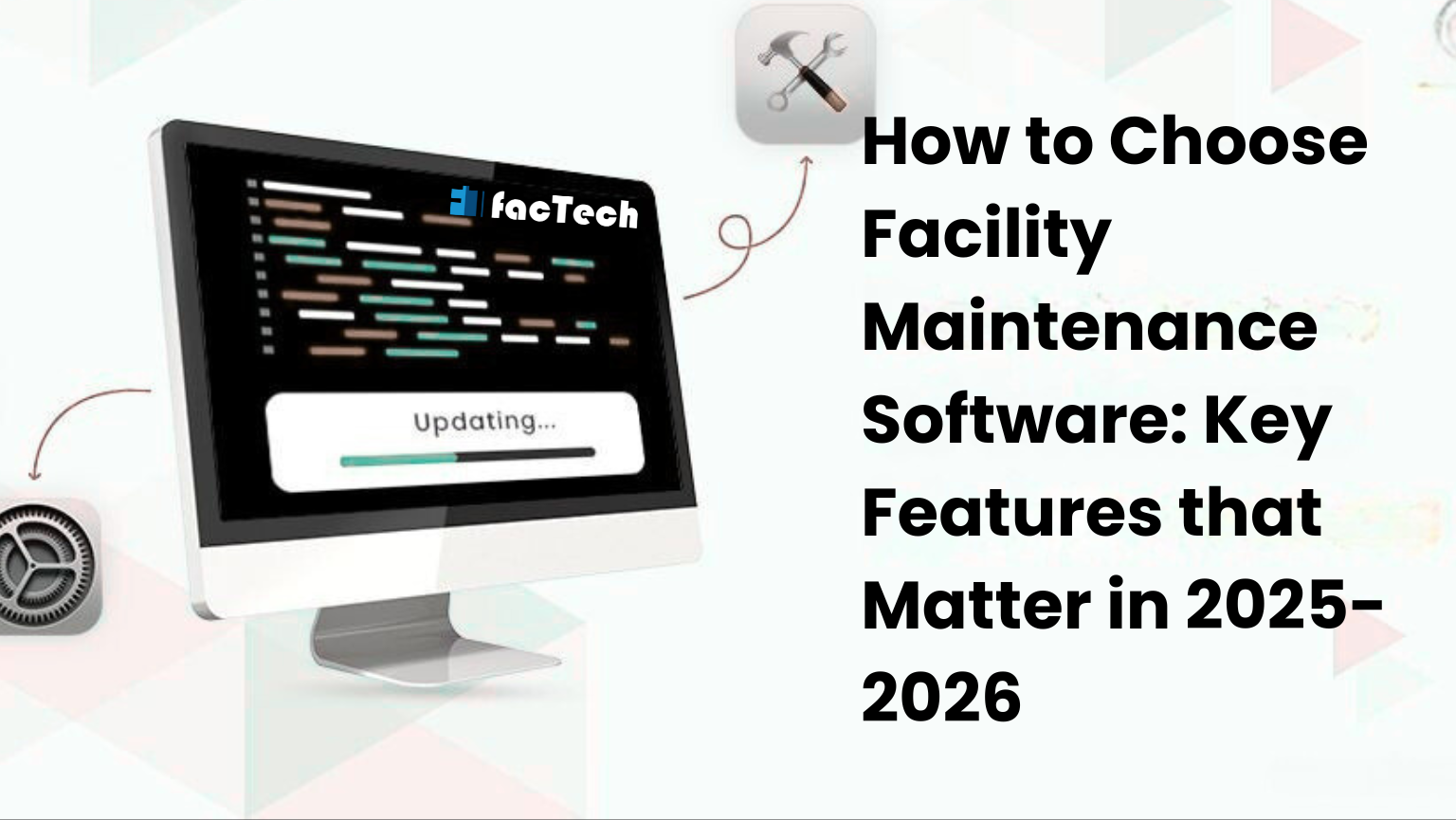How IWMS Supports Hybrid Work and Space Utilization in 2025-2026
Because more individuals are working from home and in the office, businesses are changing how they think about and take care of their physical environments. IWMS needs to change in order to handle these new situations in a way that works. Adding AI and smart building technologies to IWMS systems isn’t just a trend; it’s a required step to make these flexible ways of working possible. As hybrid work configurations become more common, IWMS software’s job changes from managing facilities to being a central area for improving employee engagement and operational efficiency.

Challenges with Hybrid Work
Hybrid Work Method Used by Many People
Big changes are happening in the way businesses work; therefore, they need inventive answers to new problems. Businesses now have to make sure that their operations run smoothly and that they meet the needs of both employees who work in the office and those who work from home.
One of the most crucial things to think about is how to use space well. This has gotten more difficult since businesses want to keep occupancy levels high, cut costs, and keep things running smoothly.
Difficult to Keep Track of Space.
Since the typical workplace layouts don’t work anymore, businesses need to think about how they use space.
For example, an office that was designed to have separate offices for each employee now needs to transition to hot-desking or shared workspaces. You should first figure out which regions are not being used enough and which ones are really popular. This means that planning for space needs to be flexible, and keeping track of who is using it needs to happen in real time. To keep track of and manage space use in an efficient fashion, companies like Microsoft have used flexible workspace designs and Integrated Workplace Management Systems (IWMS).
Companies that use common sense to handle these problems frequently do well.
Adding Powerful IWMS Software
Making better choices based on facts and employing resources in the greatest way. Using current trends, predictive analytics is a great way to figure out how much space you will need in the future. This makes the job better and cuts down on waste. It’s easy to switch between working from home and in the office with IWMS solutions that work well with digital transformation projects. This gives businesses more freedom and the ability to adapt to new situations.
In the next several sections, we’ll speak about how sophisticated IWMS features can help things run more smoothly. We’re going to discuss tools that make it easier to use desks and keep track of how many people are using them at any given time. These technologies are very important right now for making sure that the hybrid work model works and for making sure that organizations are ready for any changes or challenges that may come up in the future when people work together.
Also read: AI-Driven SLA Monitoring in Work Order Systems
Important Features of IWMS Software
Booking Desks
In a hybrid society, fixed seating is an old, expensive thing. Hot-desking and hoteling make the most of space, but they need strong technology to keep things from getting out of hand.
IWMS solutions, like those from Factech, make things easy:
Booking on a Mobile Device:
Employees can use a mobile app to see an interactive, real-time floor plan. They can book a desk or space before they even leave home. This clears up any confusion and makes the check-in procedure go more smoothly.
Before Booking and Checking In/Out:
QR codes and geo-fencing check-ins are examples of features that make sure that reserved desks are actually used. It automatically released if an employee doesn’t show up, which stops “ghost bookings.”
Occupancy in Real-Time and Planning Ahead
Unused space is the biggest drain on CRE funds. IWMS software works with IoT sensors to provide you with the unvarnished facts about how space is being used.
Integrating IoT:
Sensors that are under desks and in meeting rooms send real-time information about how many people are using the space. This goes beyond just booking data to get real, unplanned use.
Dashboards for Dynamic Utilization:
Facility managers may see which floors, zones, and buildings are used the most and least. This lets you make decisions about cleaning schedules, security staffing, and, most crucially, changes to the size of your real estate in the future based on data.
Predictive Analytics (2026 Outlook):
Using AI and historical data, the IWMS can accurately predict how many people will be at the workplace each day. This lets facility teams change services ahead of time. The technology change the HVAC and lighting schedules to save energy if it knows that only 40% of the building will be occupied on Friday.

Using Space Wisely: Cutting Costs with Data
During the years 2025–2026, there will be more focus on corporate real estate as a way to save a lot of money. IWMS is what makes this financial efficiency possible.
Also read: Cutting Facility Costs: How Smart Workplace Management Tools Save You Money
Improve the experience of your employees to boost productivity.
A well-run workplace can help keep employees. IWMS software makes the whole experience better for the hybrid worker:
Seamless Wayfinding:
Integrated digital floor plans and mobile wayfinding take employees right to their reserved desk, a meeting room, or a specific coworker.
Integrated Workplace Services:
Employees can utilize the mobile app to swiftly send maintenance requests to the facility staff. Then, the IWMS automatically sends the work order to the right technician, which speeds up the process and causes the least amount of disruption to the workday.
Also read: How IWMS Software Transforms Facilities into Smart Workplace
The bottom line
The hybrid workplace will go from being an experiment to a permanent, optimized way of doing business in 2025 and 2026. Companies that still use manual methods, different spreadsheets, and guessing will end up paying too much for real estate, having places that aren’t useful, and having workers who are unhappy.
IWMS software is the all-in-one answer that turns problems at work into strategic advantages. Factech IWMS turn the corporate workplace into a flexible, cost-effective, and employee-friendly space by using real-time data, IoT integration, and mobile access. To get a free demo contact us or visit our website.
FAQs
Q: What is the main problem that IWMS needs to solve for hybrid work?
Managing changing space usage and making sure that both in-office and remote workers have the best experience possible.
Q: How do IoT sensors help IWMS with hybrid work?
They give real-time occupancy data to make sure that booked spaces are being used. It help with dynamic space planning.
Q: What good does it do to stop “ghost booking”?
It makes sure that workstations that are reserved but not utilized are automatically freed, which makes flexible seating more available.
Q: How does IWMS help businesses save money on real estate?
By letting decisions about portfolio size, lease management, and energy efficiency be made based on real usage.
